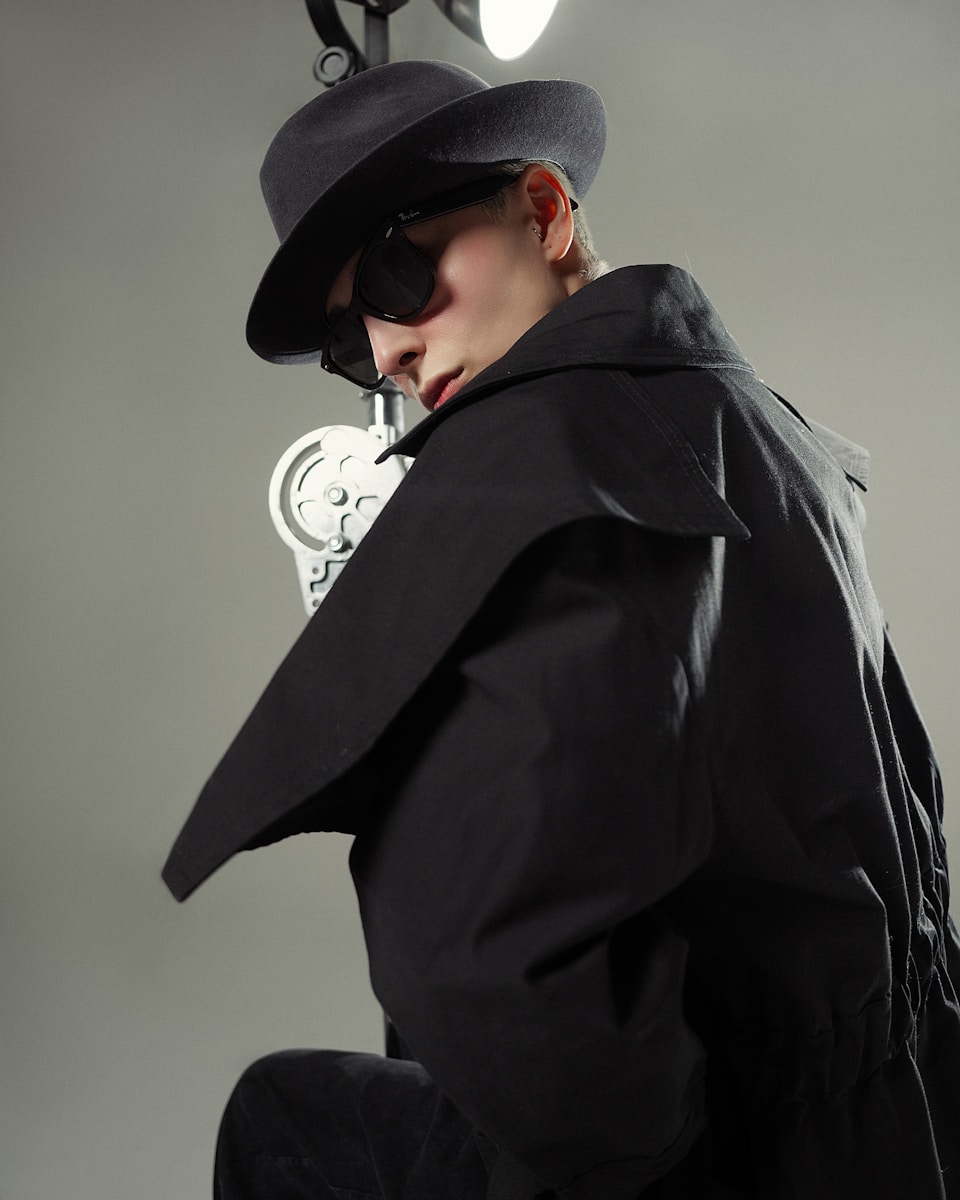Uniforms have long served as symbols of order, discipline, and consistency—often devoid of spontaneity or personal expression. Whether it’s the structured lines of military dress, the clean cuts of school uniforms, or the monochrome simplicity of workwear, these ensembles are designed for utility, not flair. Yet in recent years, uniform-inspired fashion has been reclaimed by style enthusiasts, turning once-static silhouettes into canvases for personality, creativity, and rebellious charm. The result? Looks that are polished—but never boring.
In this essay, we explore how to embrace the structure and cohesion of uniform-inspired outfits while injecting them with distinctiveness and modern charisma. We delve into the psychological appeal of uniforms, discuss the foundational elements of uniform style, and reveal practical ways to add personality through texture, color, accessories, and subtle subversion.
The Allure of Uniforms: Order Meets Style
At the heart of the uniform aesthetic is a powerful blend of order and simplicity. There’s something inherently chic about a look that feels cohesive, intentional, and sharply put-together. Think of a crisp white shirt tucked into tailored trousers, or a structured blazer layered over a pencil skirt—effortlessly commanding, universally flattering.
Uniform dressing eliminates the anxiety of choice. In a world overwhelmed by options, it offers a fashion framework that feels secure and empowering. Even icons like Steve Jobs and Karl Lagerfeld turned personal uniforms into a visual brand. But when everyone wears the same thing, how do you stand out?
That’s where styling comes in.
Foundation First: What Makes a Uniform-Inspired Look?
To successfully style uniform-inspired outfits, you need to first understand their core components:
Structure: Uniforms are known for their defined lines—clean seams, tailored fits, strong shoulders, and symmetrical cuts.
Repetition: Uniform fashion emphasizes consistency—neutral palettes, repeated elements (like buttons, collars), and uniform fabrics.
Functionality: Pockets, belts, boots, and other utilitarian elements are key. These aren’t just aesthetic; they serve a purpose.
Neatness: There’s an inherent “put-togetherness” to uniform fashion. Wrinkled or oversized isn’t the vibe—unless it’s a deliberate twist.
By embracing these aspects, you create a polished base. Then, it’s time to disrupt it—in all the right ways.
Personalizing Uniform-Inspired Looks: Tips and Techniques
To keep your outfit from falling into a monotone routine, think of yourself as a stylist-storyteller. Here are some creative ways to breathe life and individuality into uniform aesthetics:
- Play with Textures
Mixing textures instantly elevates a look. Pair a stiff cotton shirt with a soft cashmere vest. Combine leather boots with a silky skirt. Add a wool beret to a structured blazer for an unexpected contrast.
By layering contrasting materials, you introduce depth and tactile intrigue—without deviating from a cohesive silhouette.
- Strategic Color Pops
Uniforms often stick to a monochromatic or neutral palette: navy, black, gray, khaki. Injecting a single pop of color—a red lip, cobalt blue socks, or a statement emerald clutch—can transform the entire mood of an outfit.
Another subtle option is colorblocking within a strict palette. An all-navy outfit with different shades and textures creates visual complexity while staying “on theme.”
- Accessorize with Intent
Accessories are where personality really shines. A vintage brooch on a blazer, a bandana tied around the neck, or combat boots paired with a schoolgirl-inspired skirt—all of these subtly flip the script.
Uniforms symbolize conformity; accessories symbolize rebellion. Juxtapose the two, and you get a balanced tension that feels modern.
- Layer Unpredictably
Layering isn’t just about warmth—it’s about character. Layer a sleeveless trench over a button-up. Wear a turtleneck under a short-sleeved uniform jacket. Add a denim jacket beneath a classic coat.
Unexpected layering creates movement and dimension, giving the uniform a lived-in, off-duty model feel.
- Statement Footwear
Shoes can make or break a uniform-inspired outfit. Instead of standard loafers or dress shoes, go for chunky sneakers, lace-up boots, or pointed heels. Footwear is a grounding element—and a bold shoe choice signals confidence.
Even socks can be expressive. Playful patterns peeking out beneath cropped trousers add a wink of personality.
Embracing Subcultures: From Mod to Military
Uniform-inspired fashion has deep roots in various subcultures, each with their own spin on how to merge conformity and style.
Punk: Think school blazers paired with ripped tights, plaid skirts with safety pins, and combat boots. The punk aesthetic thrives on deconstructing the uniform.
Mod (1960s): Structured suits, Chelsea boots, and slim silhouettes gave the traditional British schoolboy look a fashionable edge. Mods leaned into minimalism with flair.
Military: Bomber jackets, cargo pants, and epaulettes borrow directly from service wear. Worn in urban settings with modern accessories, they feel powerful and assertive.
By tapping into these style movements, you can tailor your look to reflect a specific vibe, historical reference, or cultural mood—without needing a literal uniform.
Gender Neutrality and Uniform Style
Uniforms have always straddled the line between genders. While traditionally gendered (e.g., skirts for girls, suits for boys), fashion today is embracing androgyny—and uniform dressing is leading the charge.
A boxy blazer, crisp white shirt, or tailored trousers look equally striking on all bodies. The absence of overt femininity or masculinity opens the door to personal interpretation. You’re not bound by traditional rules—you define the aesthetic.
This neutrality also allows for a more playful exploration of style. Add feminine earrings to a masculine silhouette. Pair a sleek tie with a sheer blouse. It’s in the tension between opposites that individuality emerges.
Case Study: The School Uniform Reinvented
Few garments are more universally recognized—and loathed—than the school uniform. But it’s also one of the most successfully reimagined in fashion:
Gossip Girl-era preppy introduced bold headbands, mini skirts, and knee-high socks.
K-pop idols modernize school uniforms with exaggerated collars, bold makeup, and designer brooches.
Streetwear scenes remix uniform staples like pleated skirts and button-ups with oversized outerwear and sneakers.
The school uniform becomes a canvas, not a cage—offering structure without limiting expression.
Final Thoughts: Structure as a Launchpad
Uniform-inspired dressing is no longer about blending in—it’s about standing out by how you interpret structure. The appeal lies in the ability to look intentional and polished, while still signaling individuality.
Think of the uniform as a frame—and your styling choices as the painting within it. With thoughtful layers, personal accessories, unexpected textures, and subversive details, you can transform even the most rigid dress codes into expressive, head-turning fashion.
So the next time you reach for that blazer, button-up, or pleated skirt, ask yourself not how to follow the rules—but how to break them beautifully.



